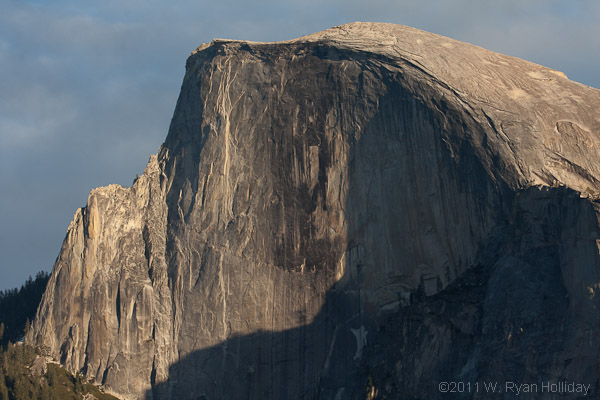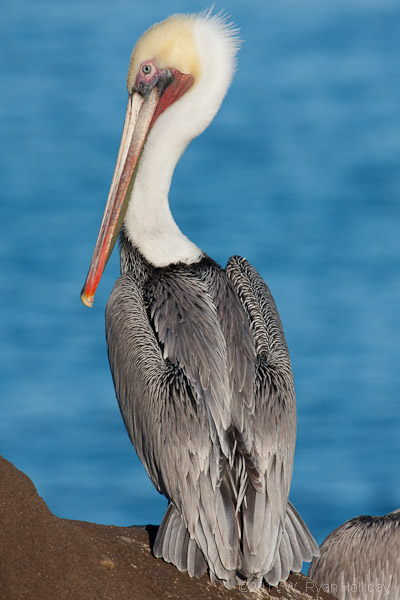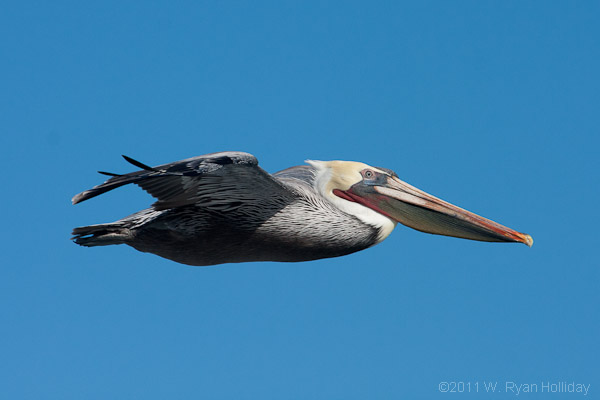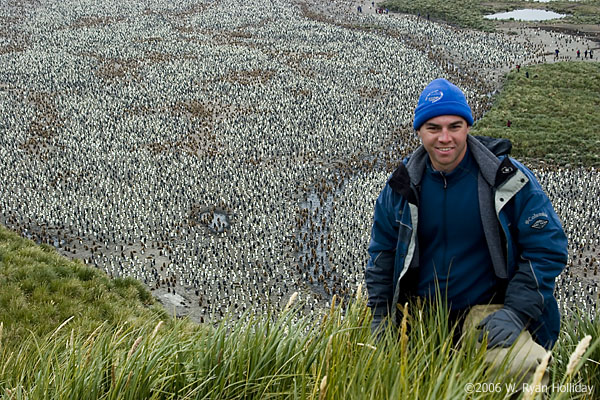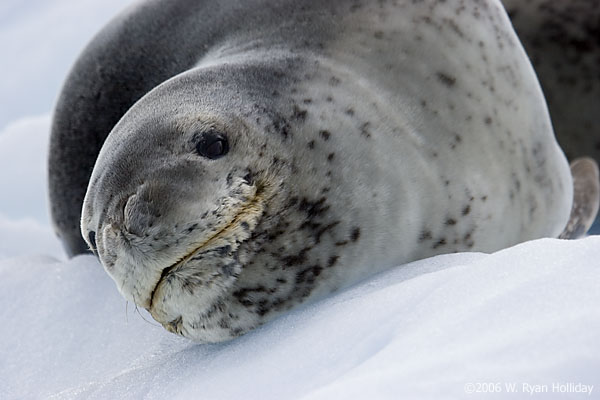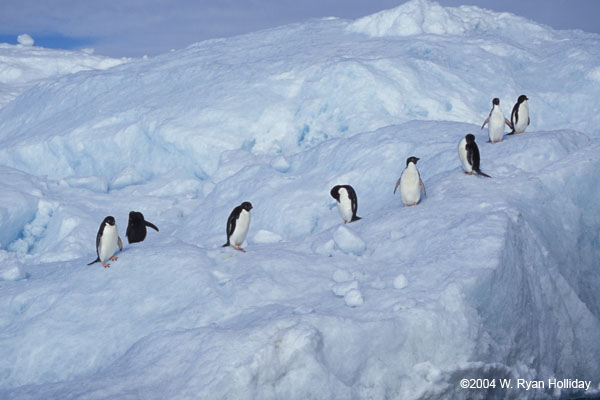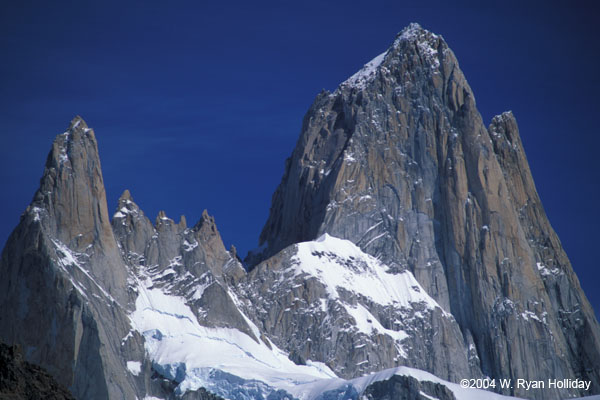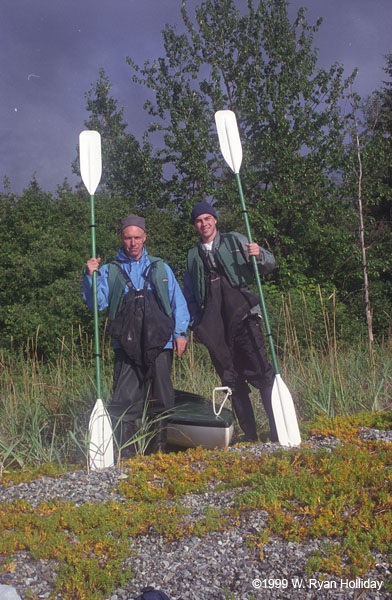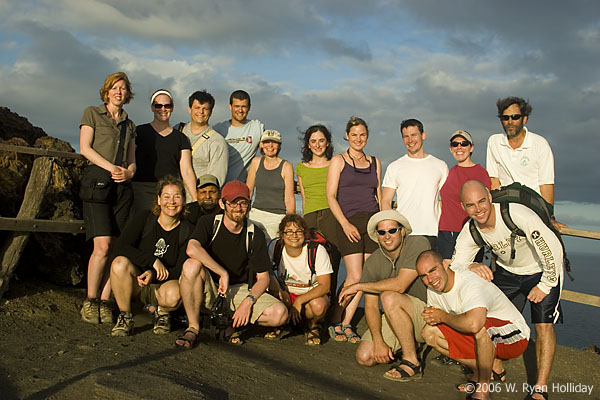Ryan is in a hotel tonight. For the first time in four nights a bed, a shower, and a change of clothes are coming, and happiness and joy shall follow.
Last night was again spent car camping, allowing the trip to resume from Yosemite Valley with an early morning view of the valley from Tunnel View as the payoff. A trip to the Mariposa giant sequoia grove followed – the trees are beyond impressive, and after finding a quiet trail to escape from the surprisingly large and loud crowds the trees worked their magic on this normally office-bound traveler, helping to restore some order to the universe.
After leaving the park I scanned the map for green dots along SR-99, and stumbled on the Pixley National Wildlife Refuge. A late day arrival at the refuge allowed for a short hike, but aside from a few hawks and waterbirds the animals seemed to be in hiding. That is, they were hiding until sunset, at which point all hell suddenly broke loose. Hundreds upon hundreds of sandhill cranes started calling out while flying overhead, a pack of coyotes began howling in an adjacent field, and I accidentally spooked an owl who flew out of a tree next to me and began hunting the fields nearby. What had been a moderately interesting stop suddenly morphed into a reason to spend the night in Kern County, and the plan is to return, camera in hand, to see if the wildlife chaos continues at dawn.
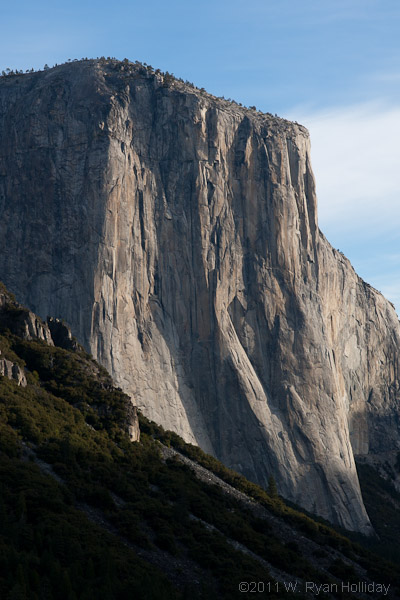
El Capitan from Tunnel View. If this rock formation doesn’t look impressive to you, look closely at the top – those tiny green things are full-grown ponderosa pine trees.

Sandhill cranes at sunset. Multiply this flock 100x, add in the amazing sound of the birds calling, and put a better photographer behind the camera, and you’ll have some sense of what the sky was like once the sun went down.




